Commercial Banks in Nigeria are increasingly borrowing cash from the central bank’s Standing Lending Facility, Nairametrics research reveals.
The Standing Lending Facility (SLF) is a line of short-term credit available for commercial banks to draw on when they need to meet immediate short-term withdrawals from their customers. Commercial Banks can also deposit free cash with the CBN via the Standing Deposit Facility (SDF).
According to the data seen by Nairametrics, commercial banks have consistently recorded net borrowings from the CBN since April this year, in a worrying sign that some banks might be struggling with meeting their short-term liquidity obligations. Since April 2021, there have been more drawings from SLFs compared to SDFs every single day except for once.

For example, in May 2021 the net average daily bank drawings from the CBN were about N222.8 billion compared to N115 billion in the prior month of April. To put this into perspective, banks were net lenders to the central bank with an N34.4 billion daily average.
Further analysis suggests some banks may have resorted to accessing the SLF to avoid taking a haircut on fixed income assets.
Typically, during cash squeeze situations, the logical thing to do would have been to liquidate their short-dated instruments such as treasury bills in exchange for cash, but that option can lead to inadvertently crystallizing an unwanted loss.
For example, banks who bought treasury bills when yields were less than 2% earlier in the year will lose money if they decide to sell the same treasury bills now that yields are higher. This is probably why they will rather borrow from the CBN.
Another plausible reason for the increase in borrowing from the CBN could be part of the broader strategy of curbing forex demand.
According to Wale Okunrinboye, Head of Research at Sigma Pension, CBN has been tightening liquidity as a way of curbing FX demand. It achieves this via the forceful CRR debits.
“I think the key thing is that these borrowings reflect liquidity tightening by the CBN as a way of curbing USD demand given FX reserve levels. For context all through 2020 and the first quarter of 2021, banks were net lenders to the CBN, a situation which has reversed since April 2021. This reflects a drop in OMO maturities as the CBN reduced the size of its OMO book and replaced this sterilization via CRR debits,” Okunrinboye said.
Why this matters
A net SLF is often an indication of a liquidity squeeze in commercial banks usually due to the central bank’s monetary policy or a symptom that banks have a lot of non-performing loans that they are unable to recover.
In this case, our research team believes the expanding SLFs are due to monetary tightening by the central banks which is piling pressure on commercial banks to borrow money.
Over the last two years, the apex bank has embarked on an unprecedented monetary squeeze relying on its Cash Reserve Requirement and Loan to deposit ratio policies to sequester billions from commercial banks on a weekly basis. We estimate over N10 trillion has been debited from commercial bank deposits since 2019.
By debiting banks for not meeting their monetary policy requirements, the CBN is essentially snuffing out cash from banks, especially if the cash is not channelled towards areas of the sector that can help spur economic growth.
Despite this, bankers who spoke to Nairametrics remain concerned that the increase in drawings could be beyond just central bank monetary policies. There are concerns that there could be some banks with financial challenges arising from non-performing loans.
In 2020, regulatory forbearance allowed some banks to defer provisions on loans that they may have taken a loss on. Despite this, 10 of the listed locally-owned commercial banks reported a loan loss provision of N253 billion in 2020 up from N134.6 billion in 2019. Loan losses recorded in the first quarter of 2020 were N38.9 billion, up 65% from a year earlier. We estimate the increases in losses might be higher for smaller banks.





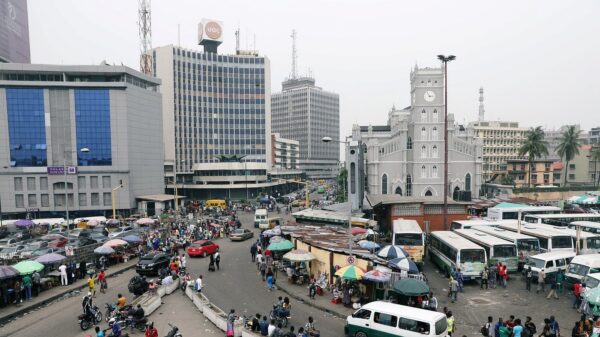




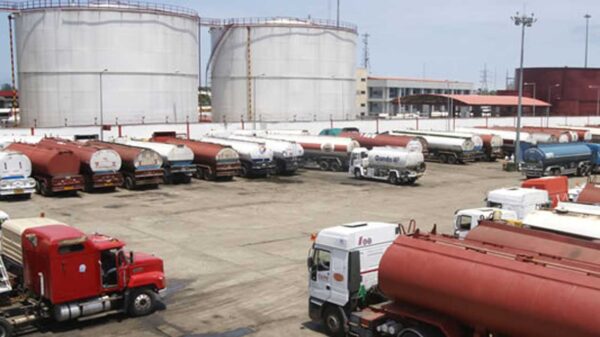



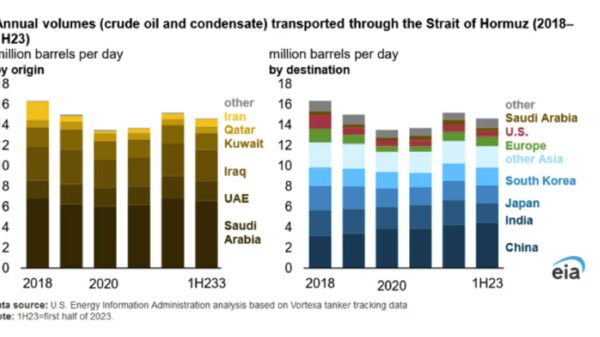
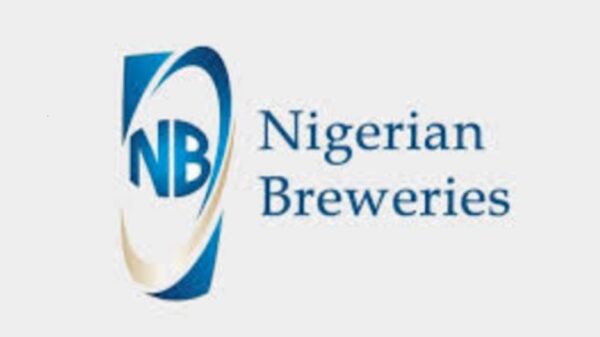






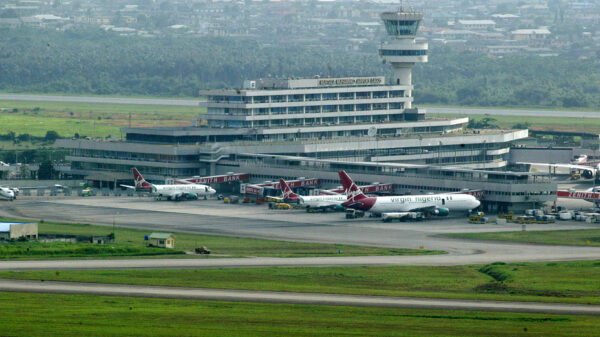



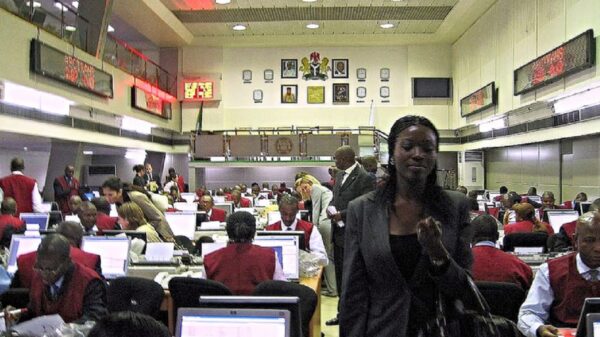
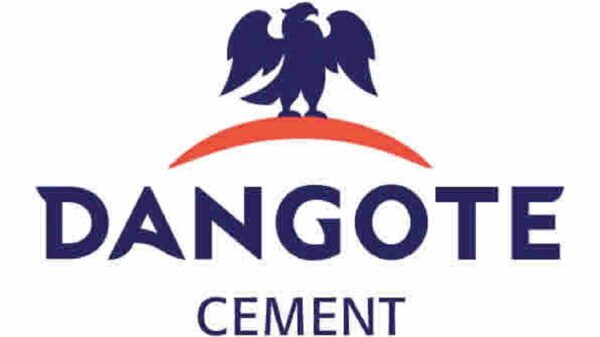
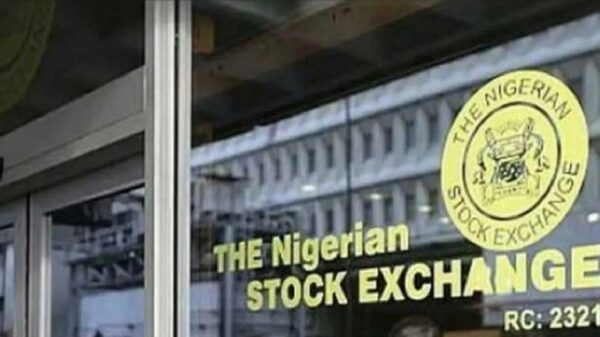


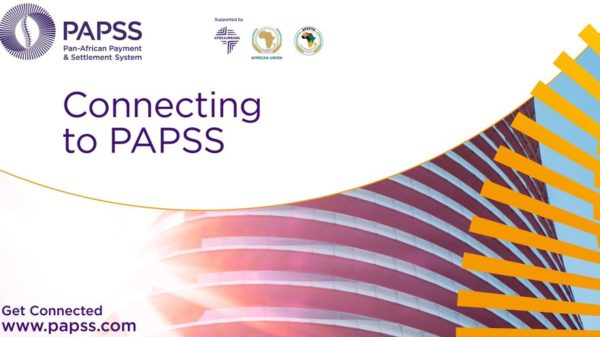
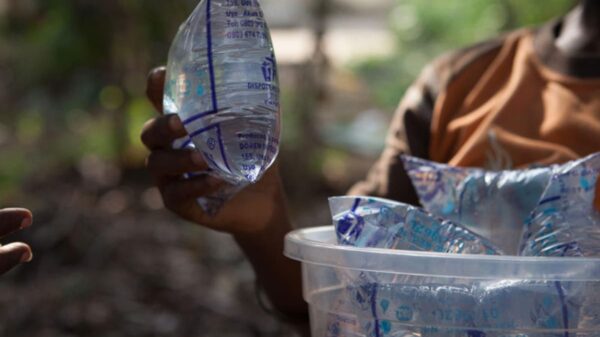


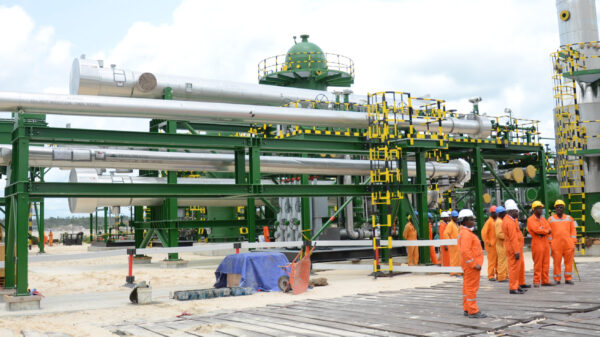


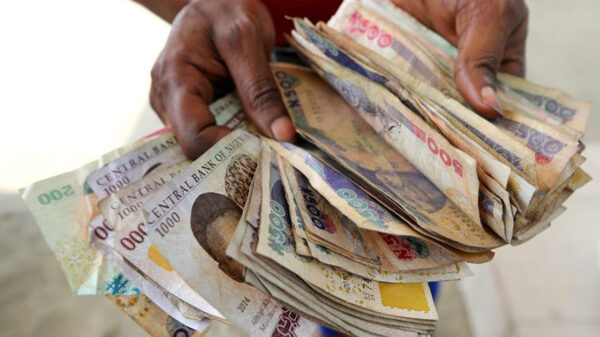
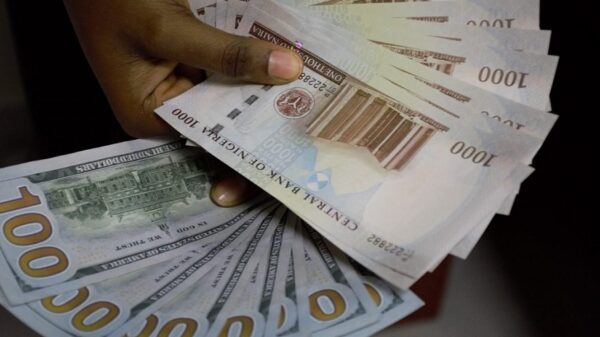











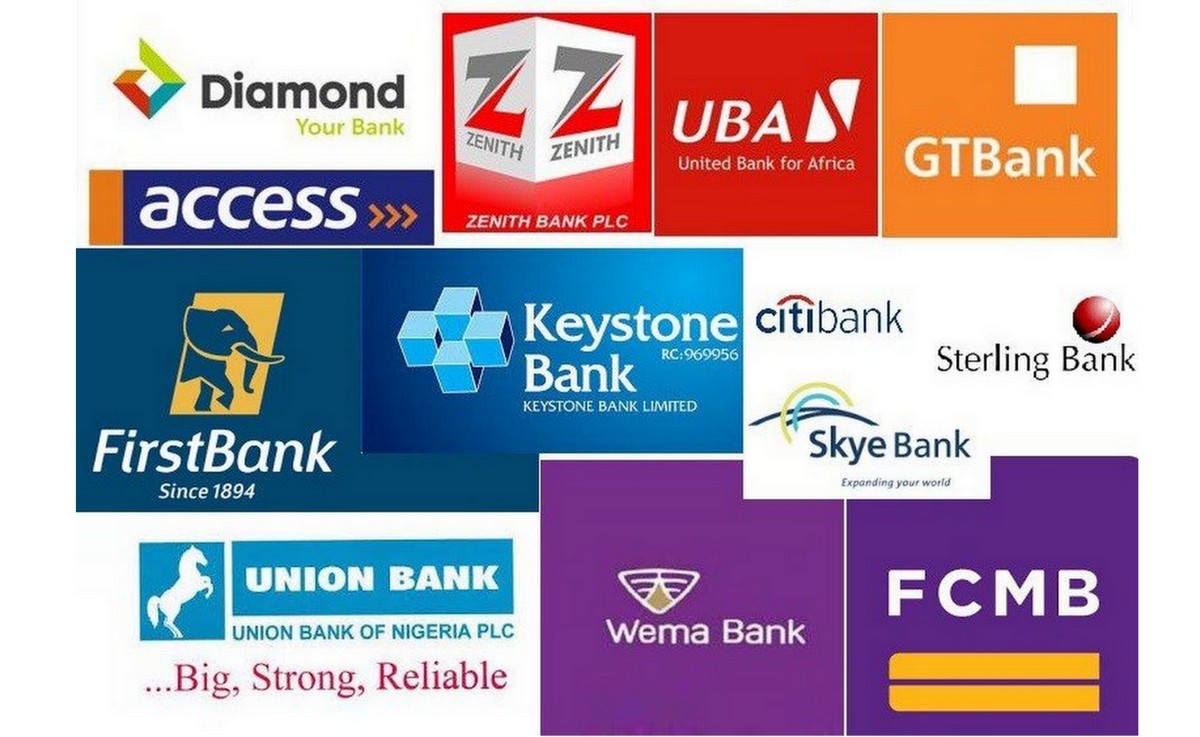
You must be logged in to post a comment Login